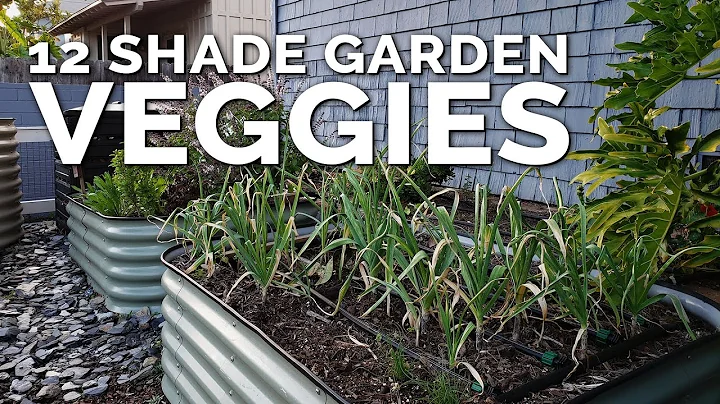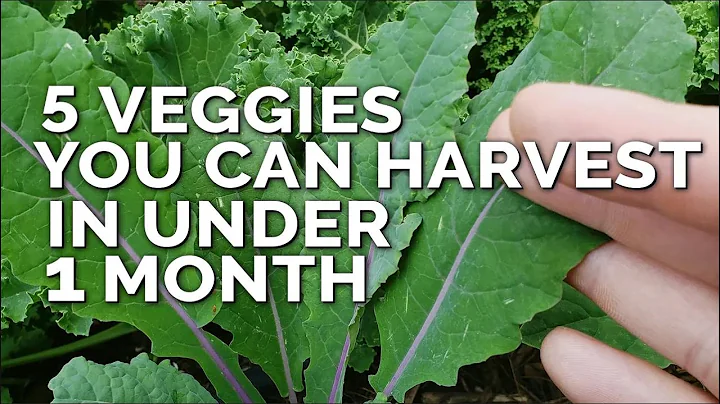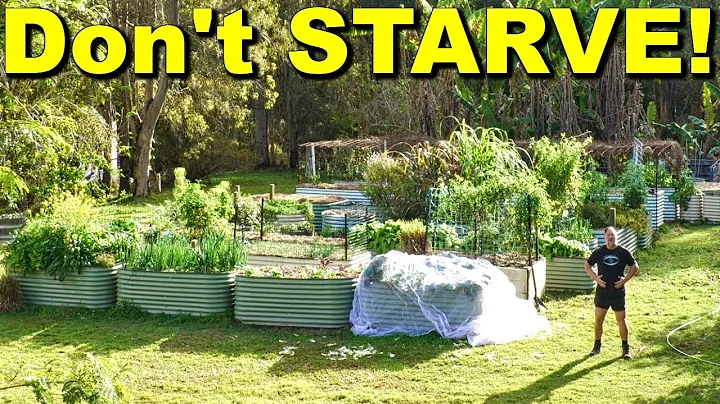If you are a veteran of growing vegetables, you can simply ignore this article.
Growing most vegetables requires sufficient sunlight, especially in temperate areas. If there is a lack of light, except for using plant lights , few vegetables can be grown well.

1. Vegetables suitable for novices
If you are a novice in growing vegetables, it is recommended to plant some vegetables that are easy to grow, grow very fast, and have few pests and diseases, such as amaranth , fungus , coriander, sweet potato, water spinach. , lettuce, chrysanthemum, onions, garlic, leeks, ginger and carrots etc.

2. Soil
The soil for growing vegetables should be fertile and loose. However, if you are cultivating vegetable seedlings or sowing seedlings, you should not use soil that is too fertile, otherwise it will easily lead to obesity.

Many gardeners fail to grow vegetables because they fail to raise them properly in the early stages of growth. For example, when planting strawberry , tomato and other plant seedlings, they are very intolerant to fertilizers. If they are purchased with various nutrient soils (soil), many of them are Some mix soil with vegetable garden soil, and some add some quick-acting fertilizer to make it extremely fertile. Vegetable seedlings cannot grow in particularly fertile soil.
If it is used to cultivate plant seedlings or sow seeds, it is recommended to use clean, breathable and well-drained sand, or mix it with coconut bran , sand (river sand and garden soil).

If the vegetables are growing vigorously, you can use fertile soil and add more organic soil, including common compost soil, manure soil, leaf rot soil, vegetable garden soil, coconut bran and peat soil , etc.
You can prepare your own soil, just like digging some vegetable garden soil or garden soil outdoors, sterilizing and deworming it in advance (spread it out and exposing it to the sun), and mix it with some decomposed manure (sheep manure, earthworm manure or chicken manure, the latter is highly fertile and easy to use). Burn seedlings, use with caution), add some coarse sand, and mix it properly to make a very good soil.
3. Fertilizer
Vegetables especially like organic fertilizer. If they are outdoors, such as in a patio or balcony with good east wind, you can often use organic liquid fertilizer and decomposed manure to supplement the vegetables. Organic fertilizer will Make them taste better.
If you are growing potted vegetables indoors, it is recommended to use less organic fertilizer. Because the environment is not well ventilated and lacks sunlight, using organic fertilizer to supplement nutrients for vegetables can easily breed diseases and attract insects.

If it is leafy vegetables, just add more nitrogen fertilizer during the growing season (such as urea , it is better to use organic fertilizer). Generally, it is added every 5 to 7 days. Apply thin fertilizer frequently. Let the leaves grow more vigorously.
If the vegetables are flowering and bearing fruits or harvesting tubers, you need to give more phosphorus and potassium fertilizer. When the seedlings are growing (before the leaves have grown vigorously), you can give several nitrogen fertilizers in the early stage.
4. Choose the right time to plant
Most vegetables are annuals, especially when maintained in pots, including common leafy vegetables, peppers, tomatoes, melons, beans, etc. The specifics will depend on the local climate. For example, plants such as tomatoes and peppers are annuals in cold places. If they are in southern my country and the winter is relatively warm, they can remain perennial.

When buying vegetable seeds, you should also check whether they are suitable for the local climate and whether they are grown in season (except in greenhouses).
If you miss the best sowing time, you must choose vegetable seedlings for cultivation.
Most vegetables can be sown in spring after the frost is completely over. In warm indoor areas, you can choose to breed indoors in advance.
5. Ensure that the growing space is large enough.
Whether it is a potted plant or a ground plant, it is necessary to ensure that the vegetables have a large space for growth. After sowing and raising the seedlings, the seedlings will grow out. As long as they grow true leaves, you must pay attention to thinning and do not allow the vegetables to grow. Grow seedlings too densely together or they will not have room to grow, resulting in longer and weaker plants.

Most vegetables are annuals. When transplanting, make sure they have a large space. When planting, you can dig larger holes and improve the soil in advance.
Just like planting tomatoes, it is best to have a spacing of more than 50 to 60 centimeters between each plant. In this kind of spinach, lettuce and other vegetables, there should also be a spacing of more than 20 to 30 centimeters.
6. Set up a shelf or melon shed
If you are planting tomatoes, beans and melons, you must have support. Set up a few wooden sticks or bamboo poles in flower pots or on the ground in advance. There are also special flower stands or vegetable stands. They cannot be allowed to grow. If the branches, leaves and vines hang down in the soil, they will be particularly susceptible to germs. The longer the plant grows, the weaker it will be. Because there is no ventilation and light, it is easy for germs to breed, and it is also easy to lodging and cannot receive light.

For the growth of these plants, it is best to do proper traction in the early stage. You can use strings to tie the branches of the plants to the shelf.
If you have just started growing vegetables and there is more sunshine at home, you can also try legume plants. They are the easiest to germinate. Basically, if they are sprinkled in the soil, the germination power will be more than 90% (provided that the seeds are relatively Fresh).
7. Watering should be diligent
If you don’t like watering when planting flowers, then it is not recommended to grow vegetables, because growing vegetables requires special diligence. If you are maintaining potted plants, water should not be cut off. Especially when the weather is good and the sun is sufficient, water should be thoroughly watered in time when the soil surface is dry. Especially common tomatoes, peppers, and beans cannot tolerate frequent drying of the soil. When planting such vegetables, the soil cannot be completely dried out. , otherwise it will be difficult to bloom and bear fruit, and even if they bloom, the flowers will easily fall off. If the soil is often dry, it may cause the fruit to become bitter or drop.
When watering vegetables, especially leafy vegetables, try not to water them on the leaves (unless the weather is good and the environment is good). It is best to water them directly into the pot soil instead of spraying water on the leaves all the time. This is to prevent the leaves from getting wet frequently and causing bacteria to grow.
8. Other tips:
If the vegetables you grow are not pollinated by insects, then artificial pollination is necessary in time. That is, when the flowers are blooming particularly vigorously, use a cotton swab or a clean brush to smear the pollen from the stamens to the pistils ( style) on.

Cruciferous vegetables (cabbage, Chinese cabbage, broccoli , mustard , cauliflower , etc.) are more likely to attract cabbage butterfly . They will lay eggs on the leaves of vegetables. If they are not sprayed in time, If you use the medicine, the larvae of these cabbage white butterflies will eat up all the leaves. Pay attention to prevention in advance, you can spray pesticides, or you can catch insects by hand.

If you want to plant potatoes, you must learn to cover them with soil and bury them deeply. When they grow to 25 to 30 centimeters or more, you must cover them with soil. As the plants grow taller, you must continue to cover them with soil, at least 30 centimeters. The soil above.





















